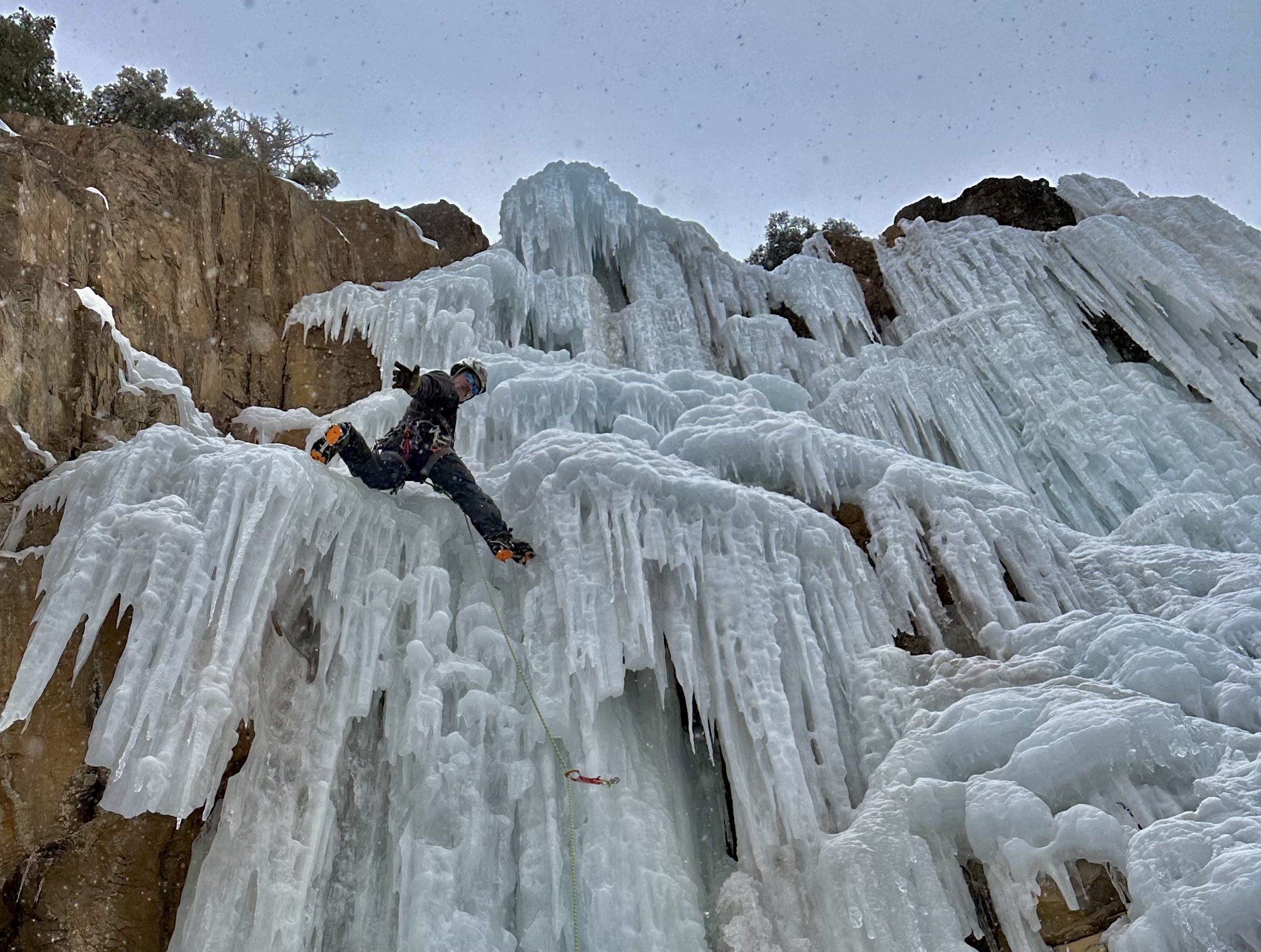
OUR MISSION
To help ice climbers mitigate avalanche risk through increased awareness and knowledge of terrain characteristics and safety practices.
We aim to:
Increase general awareness among ice climbers of avalanche risk in the backcountry;
Inform climbers about particular popular ice climbing areas and the level of avy risk they carry; and
Inform them of and encourage best safety practices when climbing, or planning to climb, in avalanche terrain.
How we do it.
The centerpiece of our work is the Colorado ATES Project, modeled on the Canadian terrain rating system, the Avalanche Terrain Exposure Scale. The ATES is a way to analyze and rate terrain based on its inherent avalanche risk and communicate that risk to the public. By knowing the ATES rating of a route, climbers can plan their outings in an informed way, and select less risky routes when avalanche danger is high.
Raising awareness of avalanche risk and danger is an equally important part of our mission. Through this website and at our seasonal events, we strive to open climbers’ eyes to the fact that avalanches run frequently in the Colorado backcountry, and every few years a climber is caught and fatally injured as a result. More frequently, climbers are caught, swept off climbs, or partially or completely buried—sometimes resulting in physical injury or emotional trauma.
Best Practices for Ice Climbers in the Backcountry
Get a formal introductory avalanche avalanche course from one of the providers certified by the American Avalanche Association (A3
Always check the daily avalanche danger forecast put out by the Colorado Avalanche Information Center before heading out (and know how to read it)
Check the recent weather conditions that affect snowpack on your route of travel
Check the route’s ATES rating (if there is one yet) for the planned climb
Determine whether the combination of the CAIC avalanche danger forecast and the ATES rating presents a level of risk that you and your partner(s) are comfortable with.
If the danger forecast warrants, and you are planning to climb in avalanche terrain, consider carrying companion rescue gear—beacon, probe, and shovel for each member of your party—and know how to use it. Alternatively, consider climbing in “non-avalanche” terrain.
Do you like what we’re doing?
Join us! We need your support to bring this effort to fruition and rate more Colorado ice climbs. You can help us continue our work and add to the list of climbs with ATES ratings by donating today.









